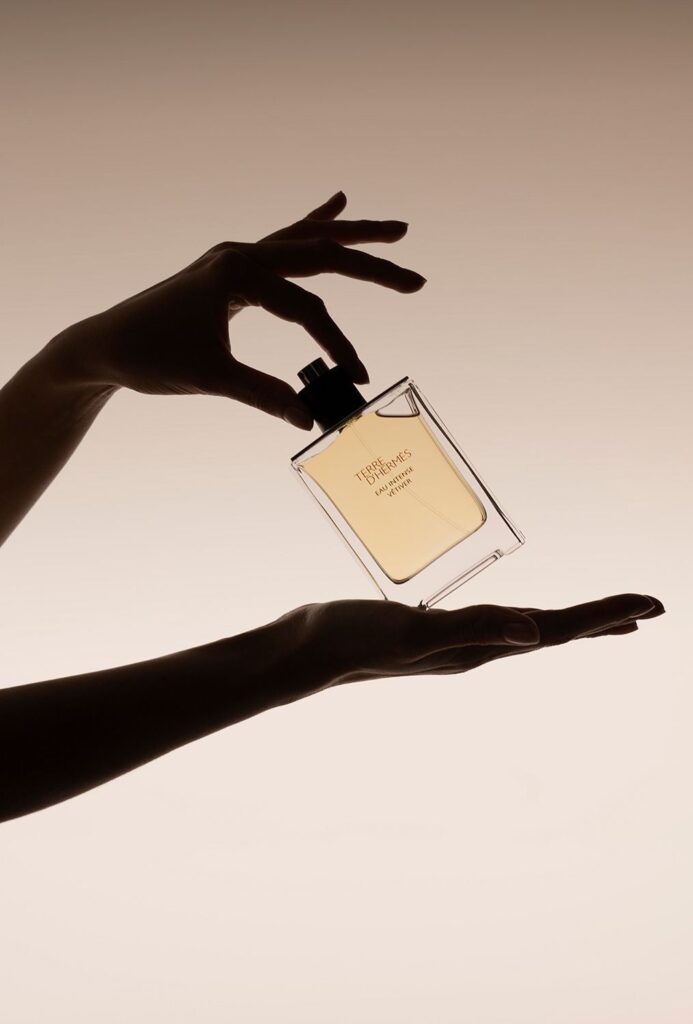A few months ago, Stanley tumblers began circulating Penn State’s campus. The bottles, known for their easy-to-carry handle, varying colors and impressive insulation technology, took over as the new ‘it-girl’ water bottle in late 2023.

Last November, the tumblers went viral on social media after the product withstood a car fire. A woman filmed the blackened inside of her vehicle with a Stanley, still standing, in its center console. The outside of the cup suffered some damage, but the inside contained unmelted ice.
This stellar insulation technology has been at the center of the Stanley brand for over 100 years. Their new tumbler design and sudden burst of exposure pushed the brand to the peak of its modern trend cycle.
Step Aside, A New Brand on the Rise

Owala water bottles contain many of the same benefits as the Stanley tumbler. They are insulated, leak proof, colorful and they cost $12 less than the average Stanley.
How does one choose between these two extremely similar products?
Perhaps, they replace their months-old Stanley with a new and shiny Owala.
Are These Reusable Bottles Sustainable?
Over the past ten years, the trend cycle for reusable water bottles has shortened. Since 2015 at least eight water bottles have risen and fallen from popularity: Nalgene, Contigo, Camelback, Swell, Hydro Flask, Yeti, Stanley and Owala. This means, on average, people are annually buying new water bottles.
Under the guise of sustainability, people are toting their ‘reusable’ water bottles around only to discard them after a mere 365 uses.

The trendy nature of water bottles has become an issue of greenwashing. Greenwashing is a form of advertising that deceptively persuades consumers into thinking that their products promote eco-friendly practices.
Although reusable water bottles are a great source for replacing everyday use plastic, initially come with a high carbon price tag. This is because their material is more difficult to recycle than the plastic used to make plastic bottles.
However, every time water bottles are reused their environmental impact goes down. On average, reusable bottles take ten to twenty uses to break even with the environmental impact of a plastic bottle. If these bottles are made of stainless steel (like Stanley products) then they require up to 500 uses to break even with a disposable plastic bottle.
What Is the Sustainable Solution?
If reusable water bottle trends are followed, the necessary quota of reuse for the bottles to be considered environmentally friendly will not be reached. In order to commit to sustainable practices, it’s necessary to reuse water bottles past their trend expiration.
Stanley’s products have existed for over a century, but their trend cycle may not surpass 100 days. To increase your sustainability efforts, the next time a water bottle gains traction across campus, consider reducing your consumption and putting the ‘re’ back in reusable water bottles.

What’s your take on this sustainability discussion? Share your thoughts with VALLEY by tweeting @VALLEYmag on X!





